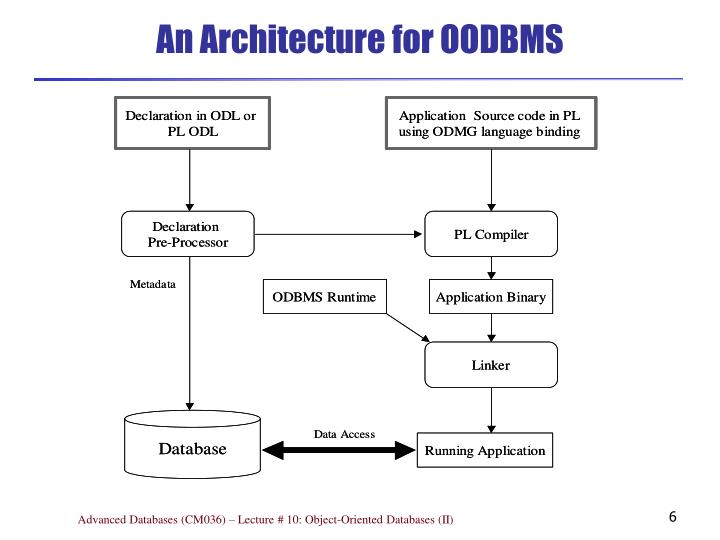
The IBM Information Management System (IMS) and Windows Registry are famous examples of hierarchical databases.Ī hierarchical database can be accessed and updated rapidly. At the same time, the hierarchical structure is simple but inflexible due to the parent-child one-to-many relationship. IBM developed the hierarchical database system structure in the early 1960s. Hierarchical databases are used to build high-performance and availability applications, usually in the banking and telecommunications industries. To retrieve a field's data, we need to traverse through each tree until the record is found. In a hierarchical database model, each child record has only one parent. The records are linked to each other via links into a parent-children relationship. The data is stored in the form of a collection of fields where each field contains only one value. In a hierarchical database model, data is organized into a tree-like structure. Continue reading about Hierarchical Databases in detail.

In a hierarchical database, besides actual data, records also contain information about their groups of parent/child relationships. Here is a list of seven common types of Databases:ĭata is stored in a parent-children relationship node in a hierarchical database management system (hierarchical DBMS) Model. The data can be added, updated, deleted, or traversed using standard algorithms and queries. A database management system (DBMS) is a software system that uses a standard method to store and organize data. Database management systems are designed to manage databases. The book is a polished version of my doctoral dissertation, which includes research papers which I have authored and published.A database is a collection of data or records.


The contents of this book are directly based on the results of the Jasmine project conducted at Fujitsu Laboratories, Ltd. That is, this book is aimed at creating a consistent view to object-oriented databases. Kunii Preface The goal of this book is to give concrete answers to questions such as what object oriented databases are, why they are needed, how they are implemented, and how they are applied, by describing a research prototype object-oriented database system called Jasmine. Computer Science Workbench represents an important new contribution in the field of practical computer technology. You will be able to develop a variety of systems, including computer software tools, computer graphics, computer animation, database management systems, and computer-aided design and manufacturing systems. Every volume in this series will deal with a topic of importance in computer science and elaborate on how you yourself can build systems related to the main theme. Computer Science Workbench is a monograph series which will provide you with an in depth working knowledge of current developments in computer technology.


 0 kommentar(er)
0 kommentar(er)
